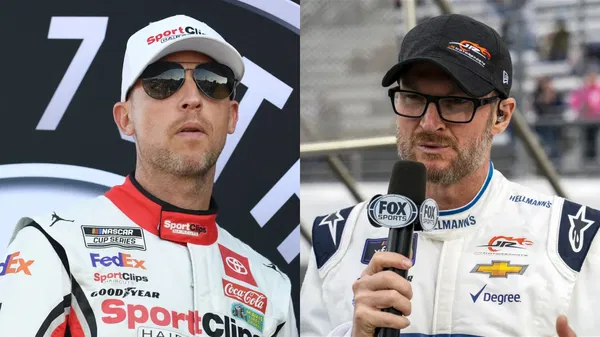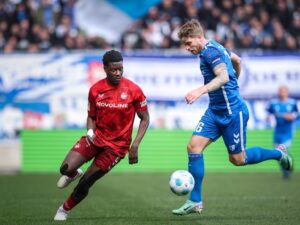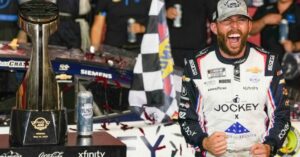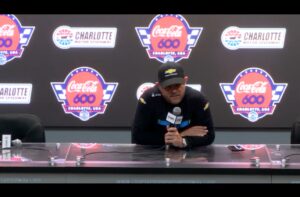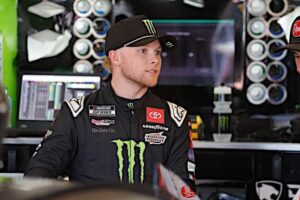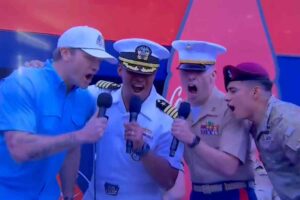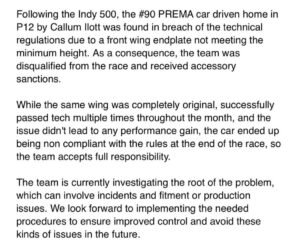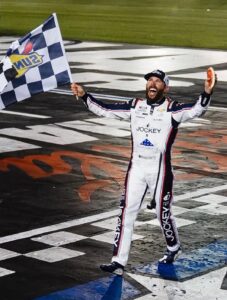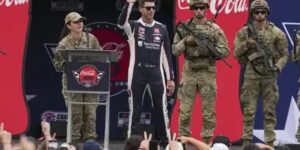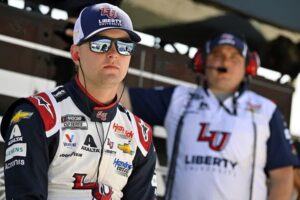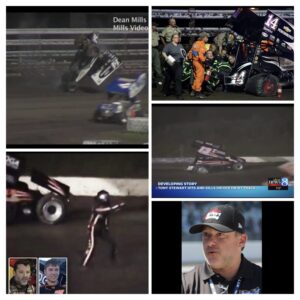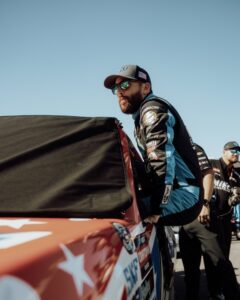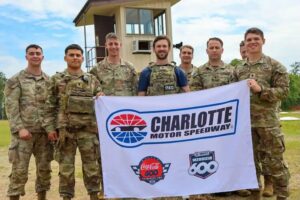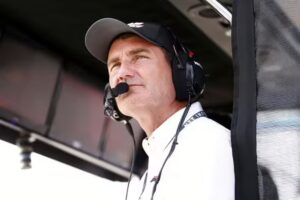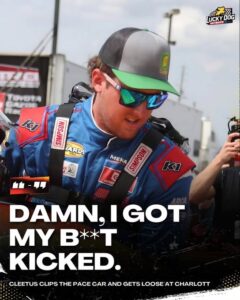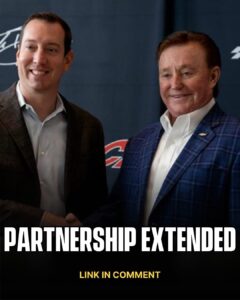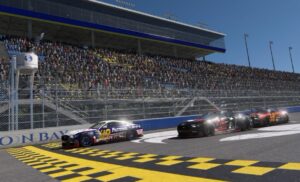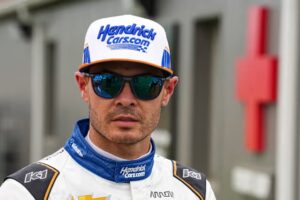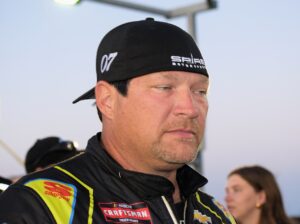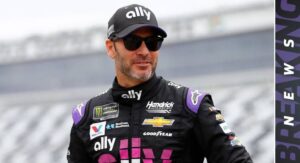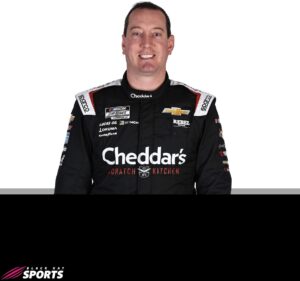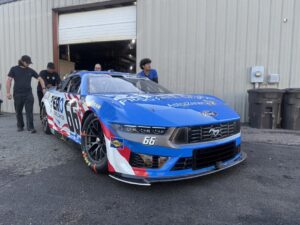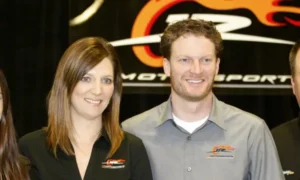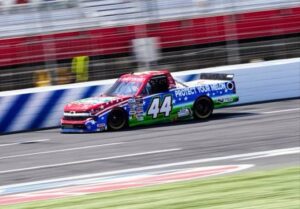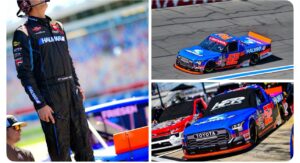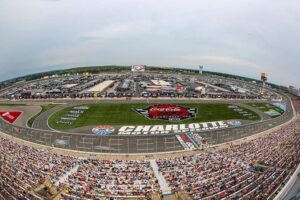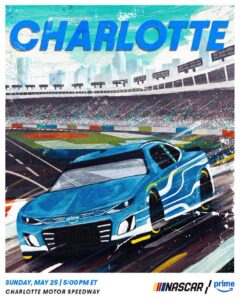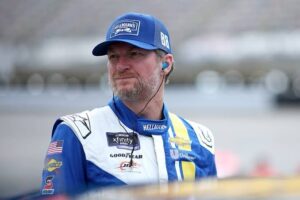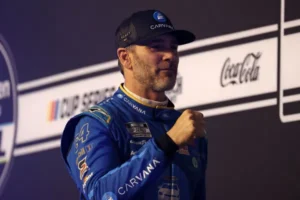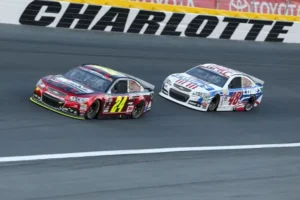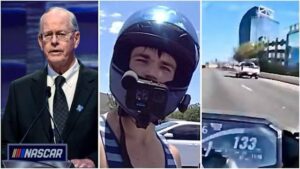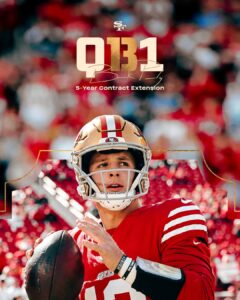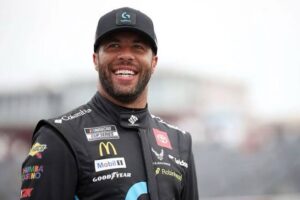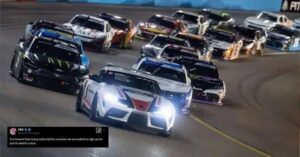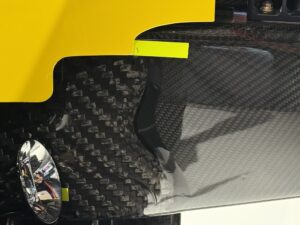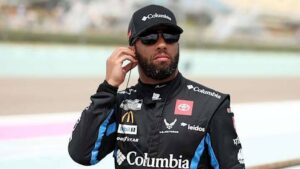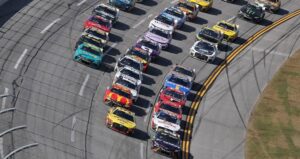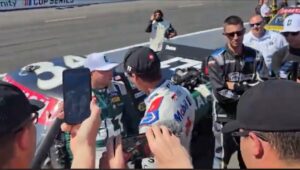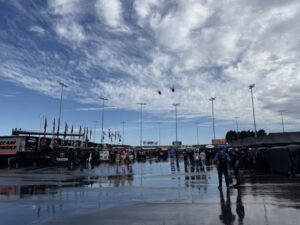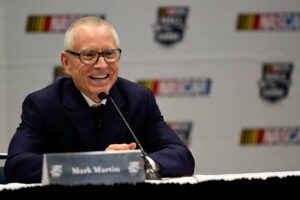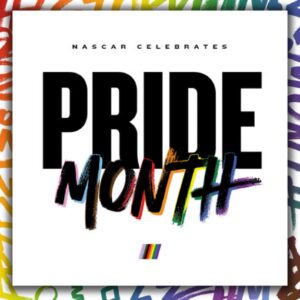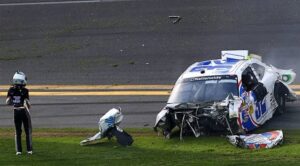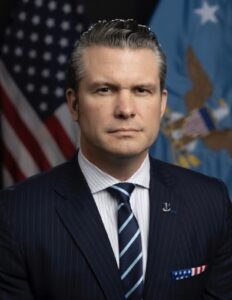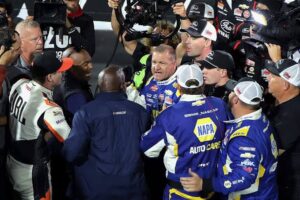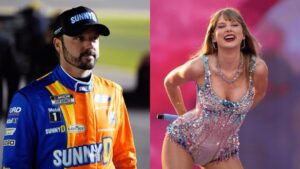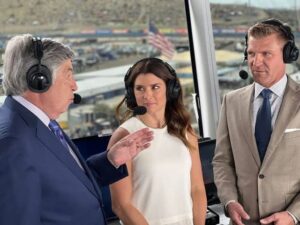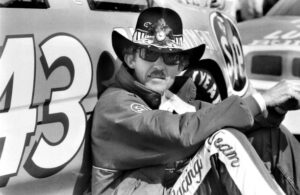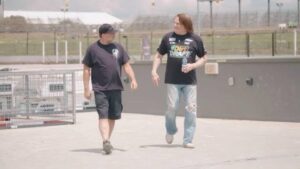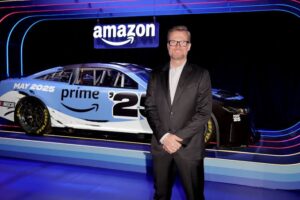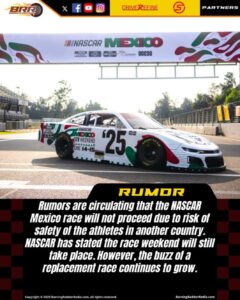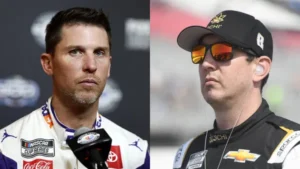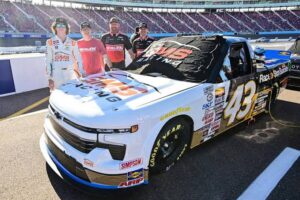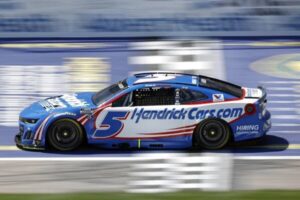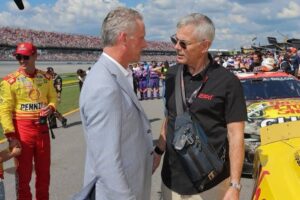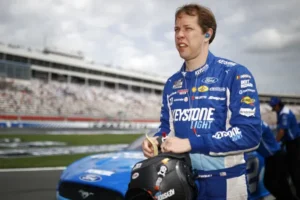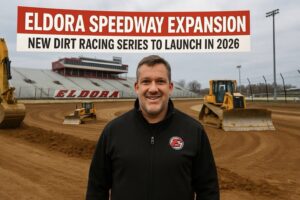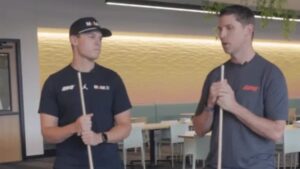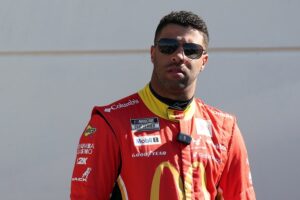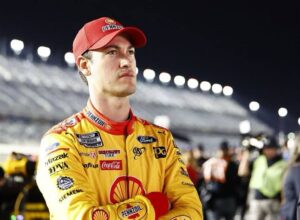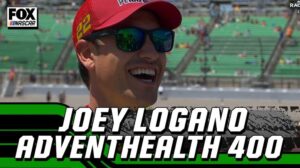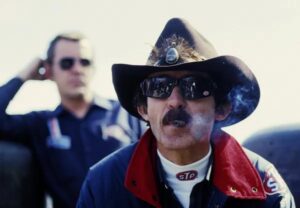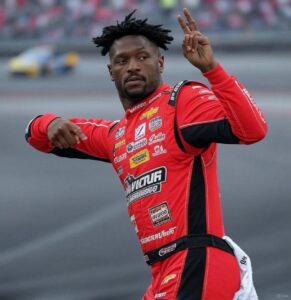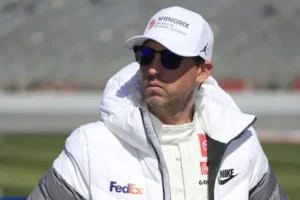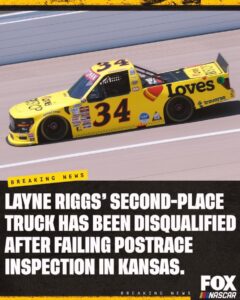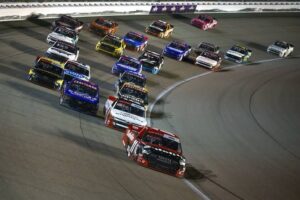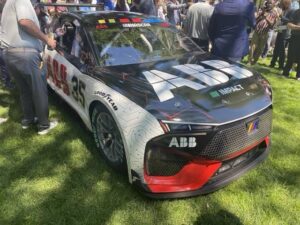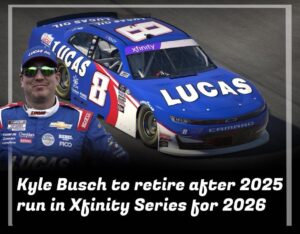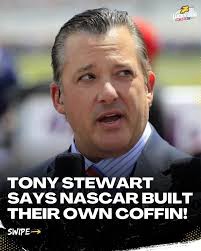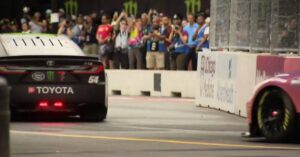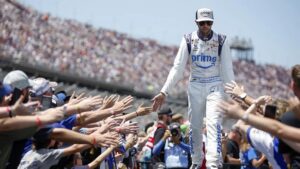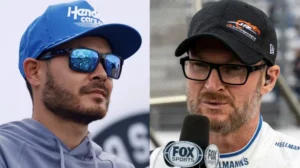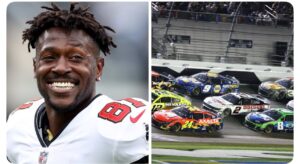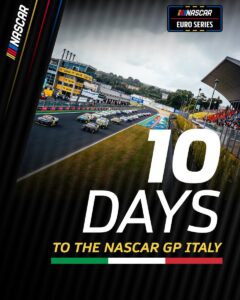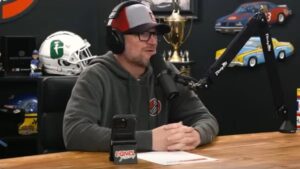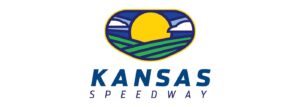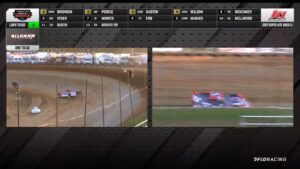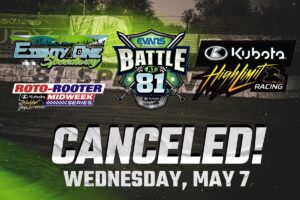In a striking collaboration, NASCAR icons Dale Earnhardt Jr. and Denny Hamlin have joined forces to voice growing frustrations with the sport’s leadership, pulling back the curtain on long-simmering issues in a move that has fans and analysts buzzing. The duo, leveraging their influential platforms, recently aired critical perspectives on NASCAR’s decision-making processes, sparking debates about the future direction of America’s premier stock car racing series.
A Powerhouse Partnership
Dale Earnhardt Jr., a Hall of Famer and beloved media personality, and Denny Hamlin, a active star driver and co-owner of 23XI Racing, represent a unique blend of legacy and contemporary clout. Earnhardt’s podcast, The Dale Jr. Download, and Hamlin’s Actions Detrimental have become megaphones for candid NASCAR discourse. Their recent joint discussion, however, escalated tensions by tackling systemic concerns—from inconsistent officiating to the divisive Next Gen car’s impact on competition and safety.
Airborne Grievances: What’s Under Fire?
The pair highlighted several pain points:
- Inconsistent Penalties: Hamlin, no stranger to NASCAR fines, criticized subjective officiating, citing recent penalties that fans and drivers deemed arbitrary.
- Next Gen Car Woes: Earnhardt Jr. expressed concerns over the car’s safety following concussions suffered by drivers, including his own history with head injuries. He questioned whether cost-cutting compromises had overshadowed driver welfare.
- Playoff System Flaws: Both critiqued the winner-takes-all championship format, arguing it undermines season-long consistency and fuels fan disillusionment.
- Schedule and Tradition: Earnhardt lamented the reduction of historic short-track races in favor of new markets, while Hamlin emphasized revenue-sharing imbalances affecting smaller teams.
NASCAR’s Crossroads
The collaboration arrives at a pivotal moment. NASCAR, under CEO Steve Phelps, has aggressively pursued modernization—introducing street races, embracing electrification talks, and expanding media partnerships. Yet Earnhardt and Hamlin’s critiques underscore a rift between leadership’s vision and competitors’ experiences. Their voices amplify a broader sentiment among drivers and owners seeking greater involvement in governance.
Fan Reactions and Industry Implications
The discussion ignited social media, with fans split. Traditionalists applaud the duo’s advocacy for core values, while progressives argue innovation is vital for survival. Industry insiders speculate whether this marks a tipping point, akin to the 1969 drivers’ union movement, or merely fleeting dissent.
What’s Next?
NASCAR has yet to formally respond, but pressure mounts for dialogue. Earnhardt and Hamlin’s alliance—a bridge between past and present—could galvanize stakeholders to demand transparency. Whether this leads to policy shifts or deeper divides remains uncertain, but one truth is clear: in an era where drivers wield media influence as powerfully as steering wheels, NASCAR’s leadership can no longer afford to tune out its stars.
As the sport navigates its identity, this partnership reminds us that its heart lies not just in roaring engines, but in the voices of those who risk it all on the track. The question now is whether NASCAR will listen—or accelerate into silence.
